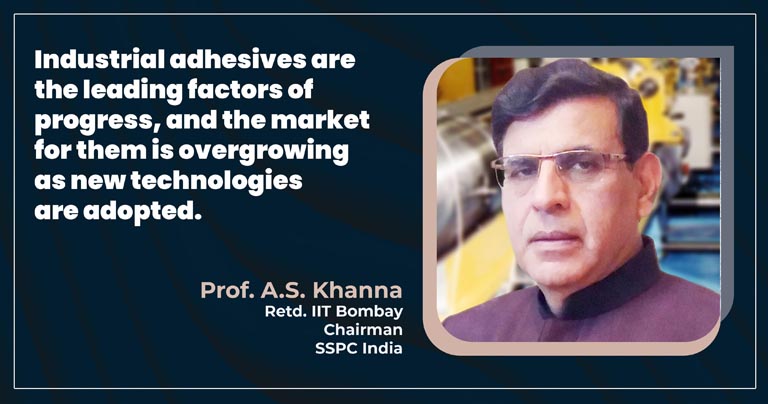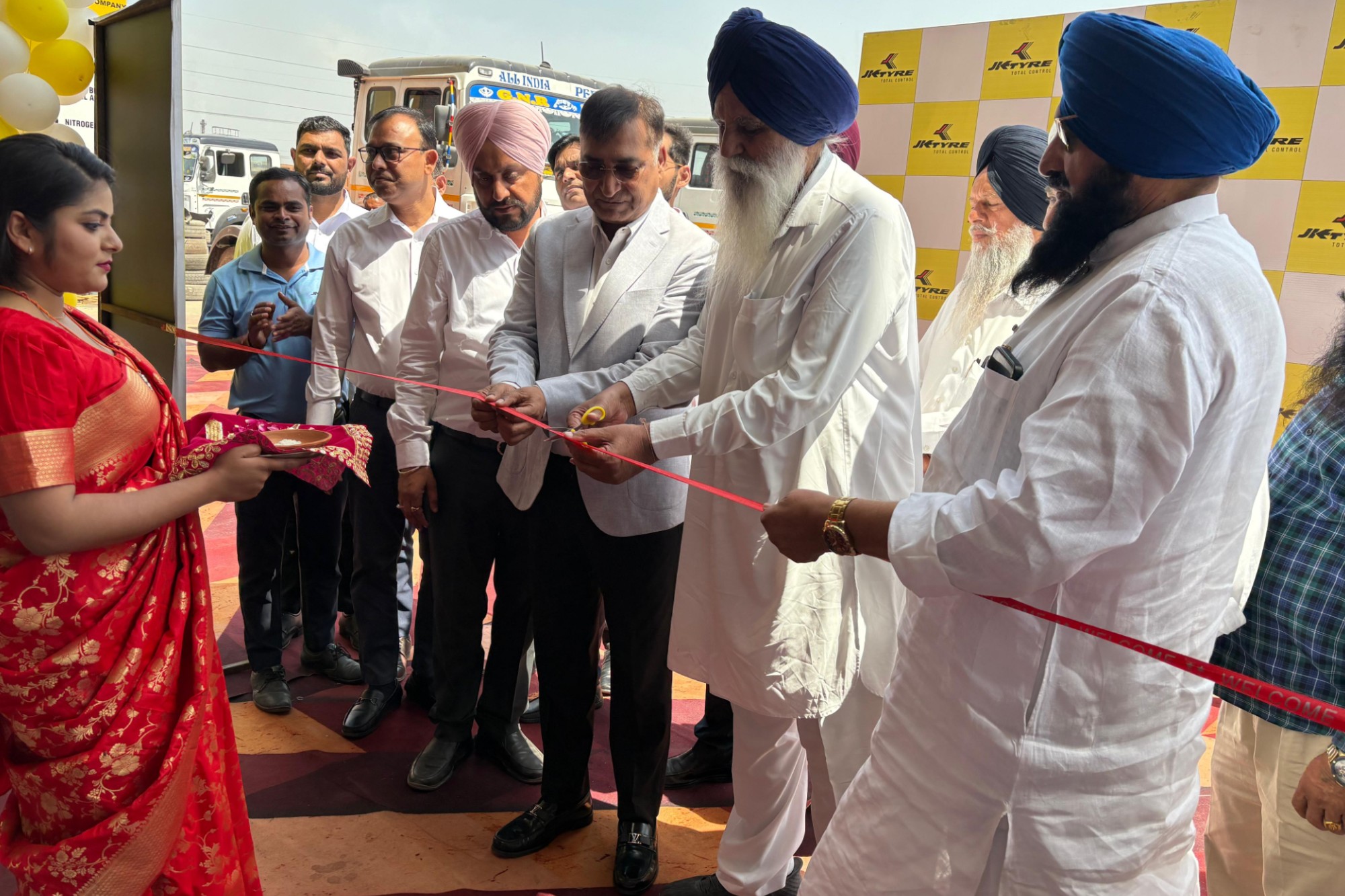The industrial adhesive market is expanding rapidly in India
By Edit Team | December 8, 2022 2:39 pm SHARE

SSPC highlights its solutions’ key features and the latest construction market innovations in an exclusive interaction.
What innovations are happening in the adhesives and sealants market for construction applications?
Adhesives are capable of holding two surfaces together. It is used to bond two surfaces indefinitely and under varying amounts of stress. Adhesives have strong shear and tensile strengths, making them viable bonding materials for high-pressure situations. Thermoplastic resins employed in adhesives include nitrocellulose, polyvinyl acetate, vinyl acetate-ethylene copolymer, polyethene, polypropylene, polyamides, polyesters, acrylics, and cyanoacrylics. There are two general types of adhesive: structural and non-structural. The term “structural adhesives” refers to adhesives with a high shear strength, usually over 1000 psi, and good environmental resistance. Structural adhesives are often used in those concrete projects in which the strength of the adhesive is imperative and will need to last the life of the product on which it was used. Rooftop solar power installation is one application where these adhesives are used to give a long life and are free from environmental factors such as weathering, hurricanes, rain, or snow. Non-structural adhesives are often used for temporary projects. These adhesives are of low strength and do not last as long. Hence they are not used for long-lasting concrete applications. Wood glue, elastomers, and sealants are all examples of non-structural adhesives.
A sealant is a substance used to block the passage of fluids through openings in materials, a type of mechanical seal. In building construction, the sealant is sometimes synonymous with caulking and blocks dust, sound, and heat transmission. It can be deduced from these definitions that while they are similar in function, they each have a distinct application purpose.
How is the construction and infrastructure project segment complying with the eco-friendly applications of your products? How are they prominent in adhesives and sealants?
There is now a trend toward increasing the usage of eco-friendly water-borne adhesives as substitutes for solvent-based adhesives. The major advantage of water-borne adhesives is the absence of volatile organic compounds. The applications of acrylics include bonding wood, paper, wall panelling, sealing (grouts), textile bonding, paper stamps, leather tile envelopes, labels, etc. Acrylics are used by various end-user industries, such as building and construction, woodworking and joinery, paper, board, packaging, etc. Acrylics are primarily used by the paper, board, and packaging industries. The packaging industry dominates the demand for acrylic adhesives with numerous applications in products such as tapes, labels, cases, and cartons.
How cost-effective are your solutions on the market? What are its key features?
The industrial adhesive market is witnessing tremendous growth. It is the most significant contributor to growth in this sector owing to the country’s global players, adoption of new technologies, and others. Water-based adhesives are the most popular in the industrial adhesive market. Water-based adhesives have the dominant market share due to their environmental friendliness. The continuous use of adhesives and sealants has brought down the market price. For example, solar power is one of the applications of adhesives and sealants. The price of solar panels has dropped more than 100 times since 1977 and is now half as expensive. Other structural adhesives include epoxies, urethane systems, and thermosetting acrylics, which have declined in popularity due to their high tonnage. The India adhesives and sealants market was valued at more than USD 1,100 million in 2021, and it is expected to register an estimated CAGR of over 8% over the forecast period (2022–2027).
[https://www.researchandmarkets.com/reports/4536158/india-adhesives-and-sealants-market-growth]
Pidilite Industries appears to be the market leader in India, and other major companies include Henkel Adhesives Technologies India Private Limited, Sika AG, Arkema Group, Lords, and H.B. Fuller.
What are adhesive solutions for industrial applications on various structures and materials?
Industries that use sealants and adhesives have created a list of vocabularies associated with each term, which are often interchangeable or similar. These materials are usually applied using metering or mixed dispensing solutions offered for industrial projects. Three important industries with the most applications of sealants are electrical and electronic equipment, packaging, and concrete.
Sealants are an integral part of electronic parts used to manufacture and assemble various electronic items. There is a steady rise in the demand for electronic sealants, primarily due to the growth and advancement of electronic goods and the high penetration of smartphone devices. In the electronics industry, adhesives are used for various applications, such as conformal coatings, bonding of exterior plastic housings, bonding of surface-mount devices (SMDs), bonding of heat sinks and potting, conformal coating of circuit boards, and many other electronic gadgets. The electronics industry in India is one of the fastest and most important end-user industries, contributing to the Indian economy. Many products, such as consumer electronics, communication equipment, and other equipment for military operations, contribute to a major share of the electronics market.
The growth of end-user industries such as packaging, automotive, furniture, and others is leading to a surge in demand for adhesives in India.
Cookie Consent
We use cookies to personalize your experience. By continuing to visit this website you agree to our Terms & Conditions, Privacy Policy and Cookie Policy.























































